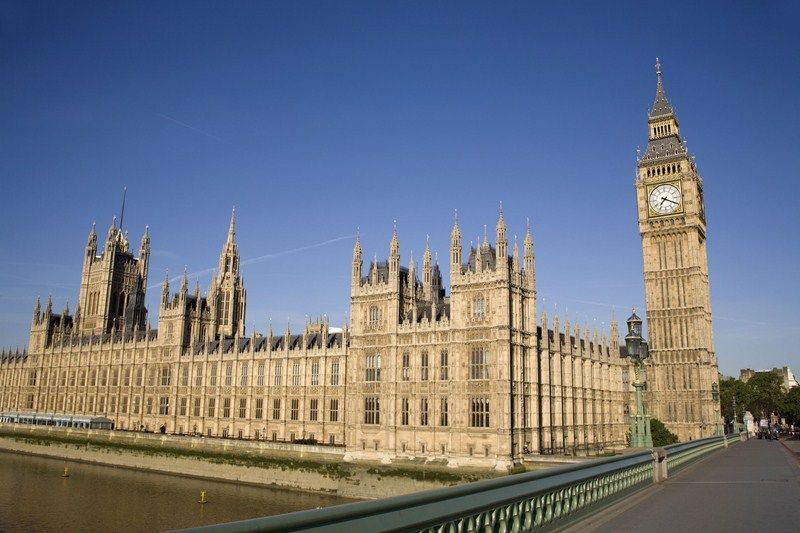An outline of the Employment Rights Bill
Legislation has been introduced in Parliament to upgrade UK workers’ rights.
The legislation is wide ranging with the intention of tackling poor working conditions and benefitting businesses. A summary of the main changes are:
- The existing two-year qualifying period for protections from unfair dismissal will be removed, delivering on the Labour manifesto commitment to ensure that all workers have a right to these protections from day one on the job.
- The government will also consult on a new statutory probation period for companies’ new hires. This will allow for a proper assessment of an employee’s suitability to a role as well as reassuring employees that they have rights from day one, enabling businesses to take chances on hires while giving more people confidence to re-enter the job market or change careers, improving their living standards.
- The bill will bring forward 28 individual employment reforms, from ending exploitative zero hours contracts and fire and rehire practices to establishing day one rights for paternity, parental and bereavement leave for millions of workers. Statutory sick pay will also be strengthened, removing the lower earnings limit for all workers and cutting out the waiting period before sick pay kicks in.
- Accompanying this will be measures to help make the workplace more compatible with people’s lives, with flexible working made the default where practical. Large employers will also be required to create action plans on addressing gender pay gaps and supporting employees through the menopause, and protections against dismissal will be strengthened for pregnant women and new mothers. This is all with the intention of keeping people in work for longer, reducing recruitment costs for employers by increasing staff retention and helping the economy grow.
A new Fair Work Agency bringing together existing enforcement bodies will also be established to enforce rights such as holiday pay and support employers looking for guidance on how to comply with the law.
Employers and employees who would like more information on the scope of the new legislation can view a Department for Business and Trade press release at https://www.gov.uk/government/news/government-unveils-most-significant-reforms-to-employment-rights.




